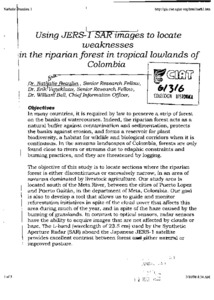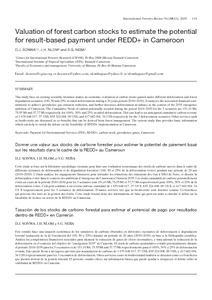The role of pasture and soybean in deforestation of the Brazilian amazon
The dynamics of deforestation in the Brazilian Amazon are complex. A growing debate considers the extent to which deforestation is a result of the expansion of the Brazilian soy industry. Most recent analyses suggest that deforestation is driven by the expansion of cattle ranching, rather than soy. Soy seems to be replacing previously deforested land and/or land previously under pasture.






